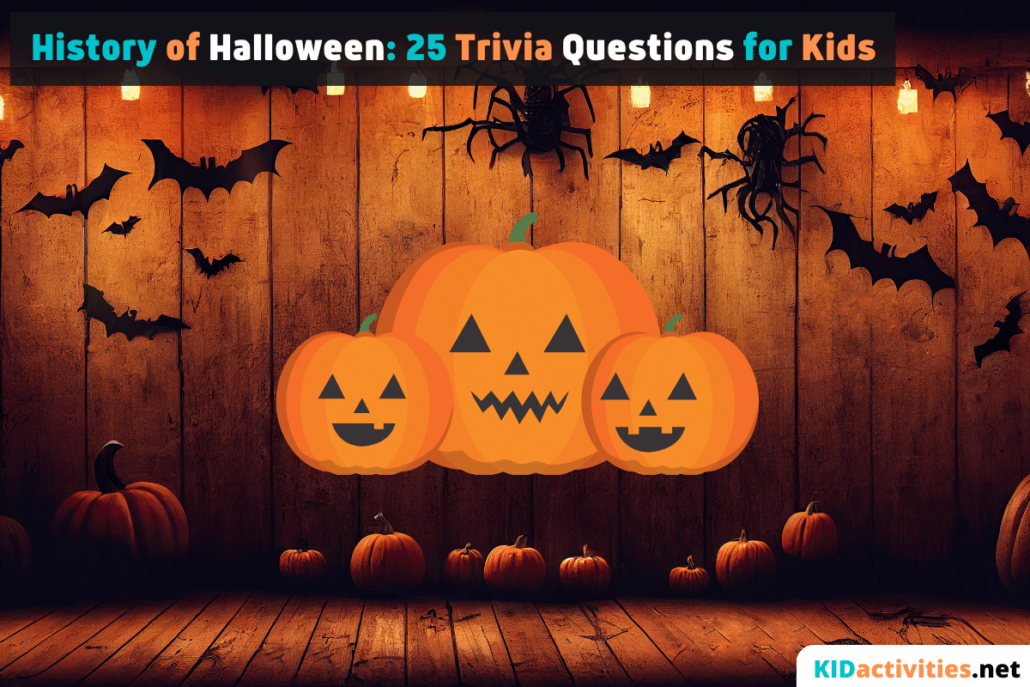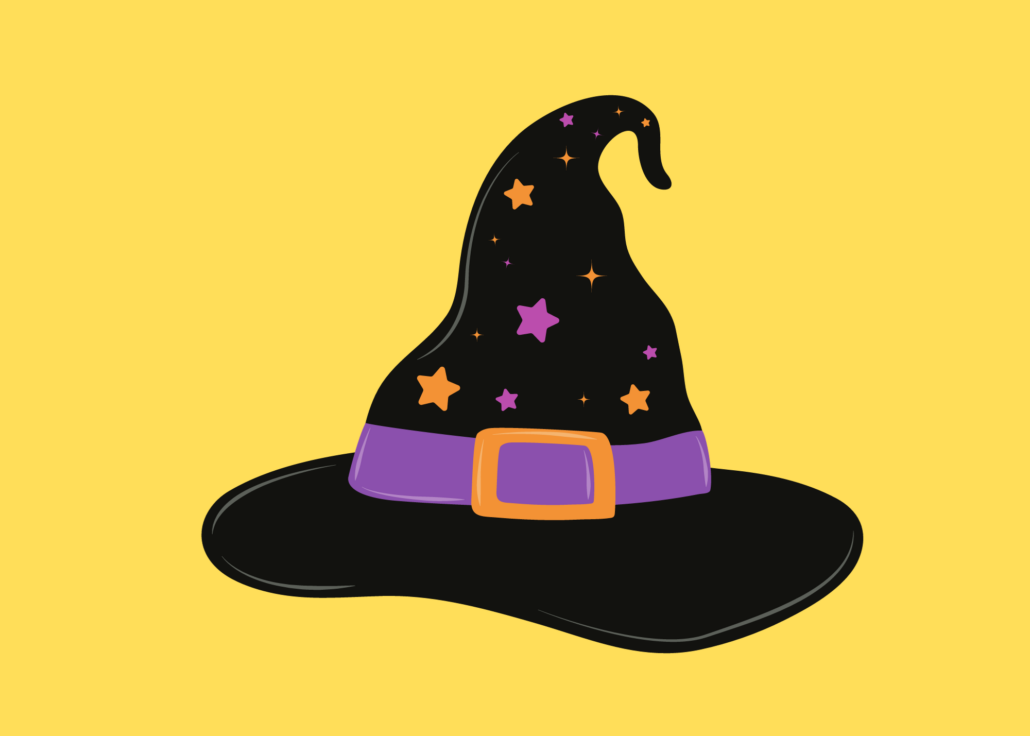
Children love Halloween for the trick-or-treating, candy, costumes, and pumpkin carving, but do they know how these traditions came to be?
Challenge your young wizards and witches with these questions about the origins of a holiday that we all know and love. Don’t forget to reward them with a treat after you trick them with these surprising facts!
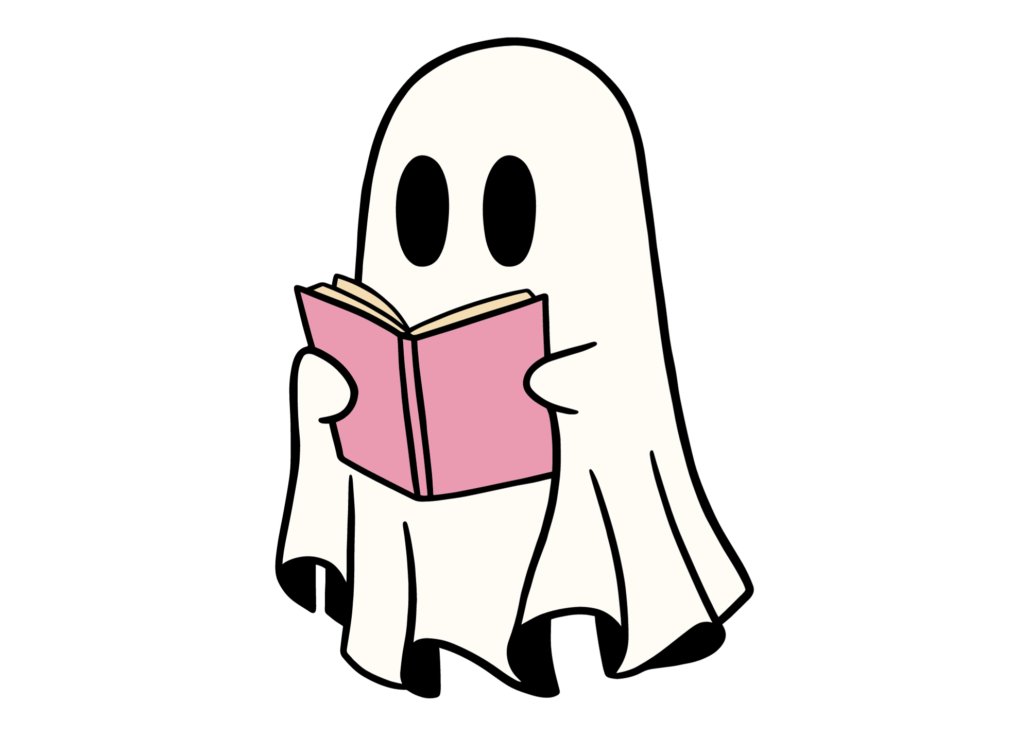
Below, you will find five sections of fascinating, spooky, and outlandish trivia questions about Halloween traditions, mysterious monsters, treats, and tricks! See which fact surprises your little ghouls and goblins the most!
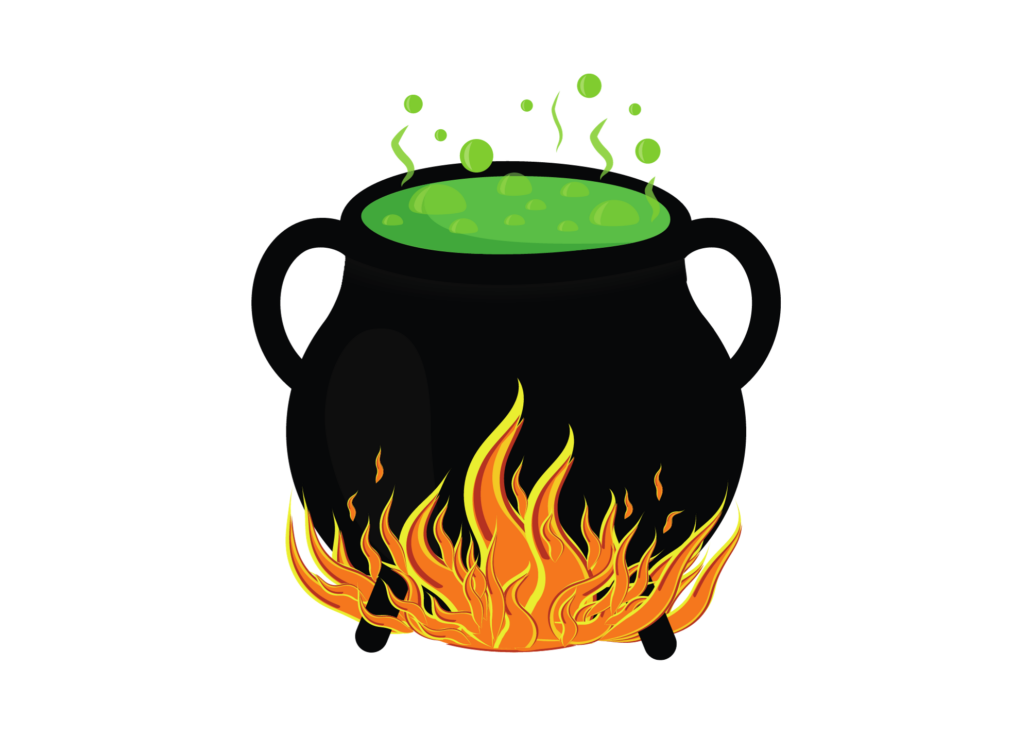
The Original Halloween
Q: Which Celtic festival does Halloween come from?
a. Samhain
b. Beltane
c. Imbolg
d. Lughnasadh
Answer
Q: What did the colors black and orange represent during Samhain?
a. Black represented spirits and orange represented life on earth
b. Black represented the end of summer and orange represented the beginning of the autumn harvest
c. Black represented mortality and orange represented aging
d. Black represented winter and orange represented good luck
Answer
Q: Which Roman goddess did the original version of Bobbing for Apples honor?
a. Venus
b. Diana
c. Juno
d. Pomona
Answer
Q: What was the original intent for lighting bonfires on Halloween?
a. To scare away spirits
b. To light the way for souls to the afterlife
c. To stay warm during the outdoor ceremony
d. To roast marshmallows as a fun tradition
Answer
Q: Why are bats associated with Halloween?
a. They were attracted to the bonfires that were traditionally lit on Halloween
b. They were associated with the idea of vampires
c. They were known for sucking the blood of livestock in Ireland
d. They were marketed as a Halloween symbol by U.S. companies in the late 1900s
Answer
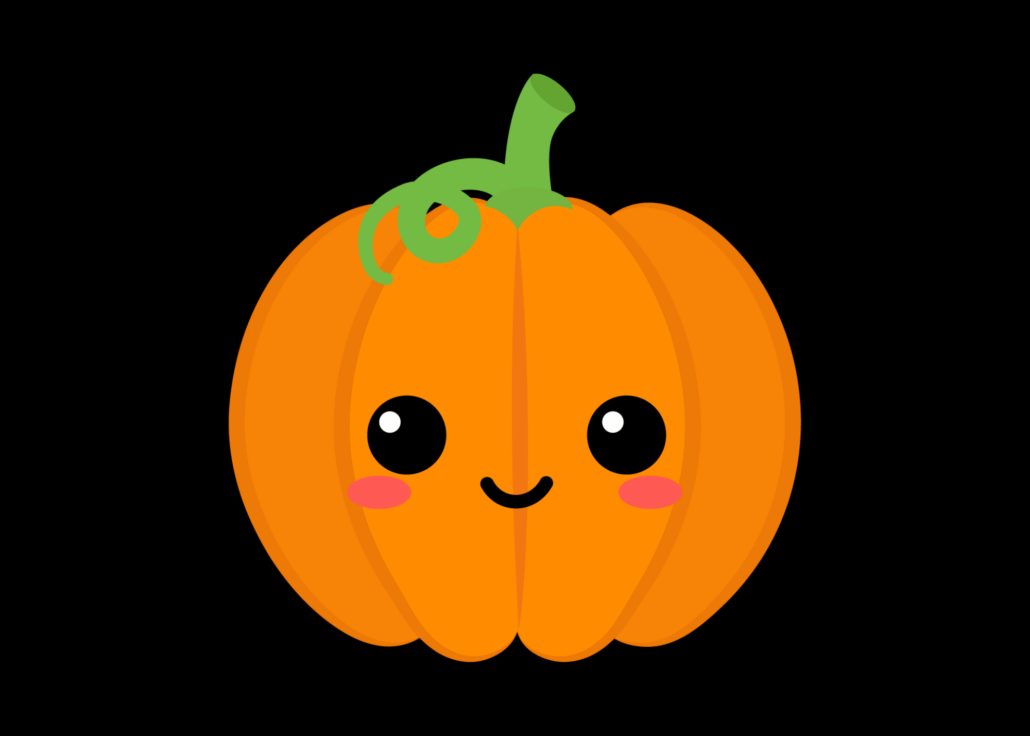
All Things Pumpkin!
Q: The original pumpkin carvers fashioned an early “jack-o-lantern” out of another crop in Ireland. Which crop was originally carved?
a. Potato
b. Turnip
c. Onion
d. Squash
Answer
Q: Which legendary Irish trickster is the ‘jack-o-lantern’ named after?
a. Jackson the Deceptive
b. Jack the Ripper
c. Stingy Jack
d. Detective Jack
Answer
Q: How did the tradition of carving jack-o-lanterns come to the U.S.?
a. The Irish brought the tradition with them as many emigrated to the United States
b. Pumpkin farmers in the U.S. marketed this ritual to sell their crops
c. The U.S. government encouraged citizens to carve pumpkins due to a pumpkin surplus and the tradition remained
d. Fall festivals started promoting jack-o-lantern contests to encourage attendance
Answer
Q: How did the early European settlers come to know about the pumpkin crop?
a. They accidentally planted it
b. The indigenous communities of North America introduced them to it
c. Pumpkins grew naturally across the land in great quantities
d. They created it by combining a turnip and a squash
Answer
Q: Where was the word, “pumpkin” first used in literature?
a. An Edgar Allan Poe story titled, “Hop-Frog”
b. The written story of Disney’s Bedknobs and Broomsticks
c. The Story of Cinderella
d. Frankenstein by Mary Shelley
Answer
Candy Land
Q: Before people handed out candy during trick-or-treating, what did neighbors share with children?
a. Popcorn and peanuts
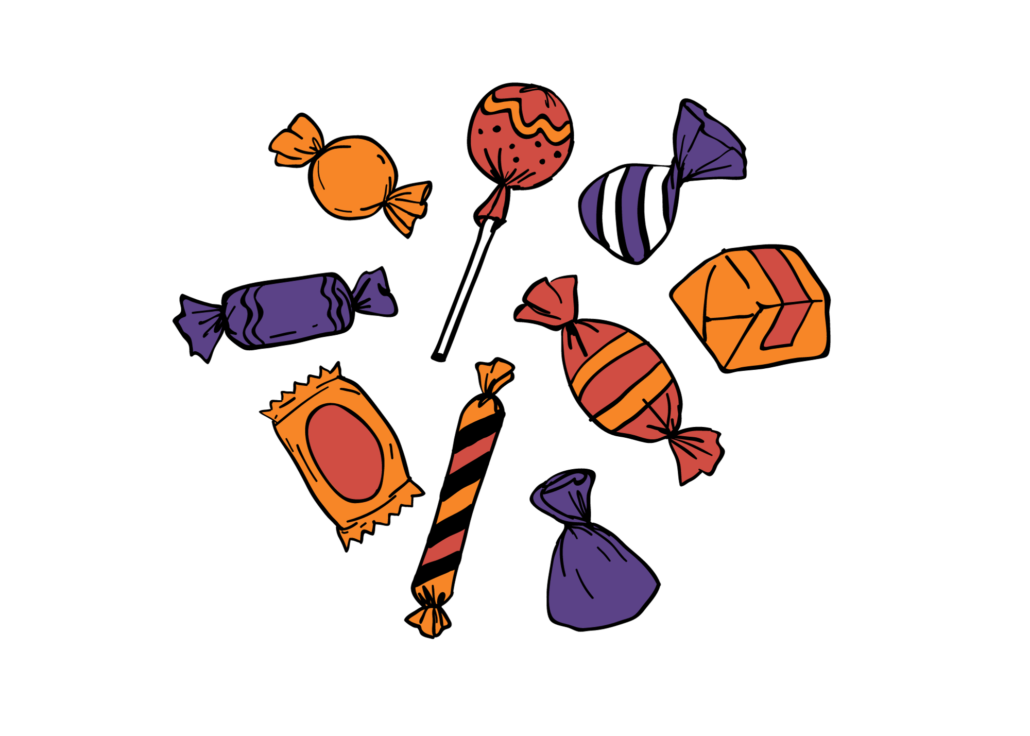
b. Pretzels and peanut butter
c. Bubble gum and soda pop
d. Soul cakes and apples
Answer
Q: Which common farm item was candy corn invented to resemble?
a. Chicken feed
b. Sawdust for barns
c. Sugar cubes for horses
d. Straws of hay
Answer
Q: In which country was the first version of the Kit Kat Bar sold?
a. The United States
b. England
c. Ireland
d. Mexico
Answer
Q: What do the letters of the M&M candy stand for?
a. Mary and Marie
b. Mickey and Minnie
c. Mighty and Mouse
d. Mars and Murrie
Answer
Q: During which decade did individually wrapped candies become popular to hand out to trick-or-treaters?
a. 1930s
b. 1950s
c. 1970s
d. 1990s
Answer
Costume Contest
Q: During the celebration of Samhain, why did people wear costumes?
a. To scare away ghosts

b. To win a year’s worth of crops in a costume contest
c. To disguise themselves as they played tricks on neighbors
d. To unwind after a long harvest
Answer
Q: What materials did the Celts use for Samhain costumes?
a. Potato sacks
b. Wool and animal skins
c. Silk
d. Leather
Answer
Q: What was the most popular Halloween costume in the United States in 1950?
a. Vampire
b. Superman
c. Cowboy
d. Ghost
Answer
Q: In which year was Mickey Mouse the most popular U.S. Halloween costume?
a. 1940
b. 1953
c. 1966
d. 1987
Answer
Q: Which U.S. President’s mask was a common Halloween costume in 1974?
a. George Washington
b. Abraham Lincoln
c. Richard Nixon
d. Bill Clinton
Answer
Monster Mash
Q: In Medieval times, men were sometimes imprisoned for turning into which predatory monster?
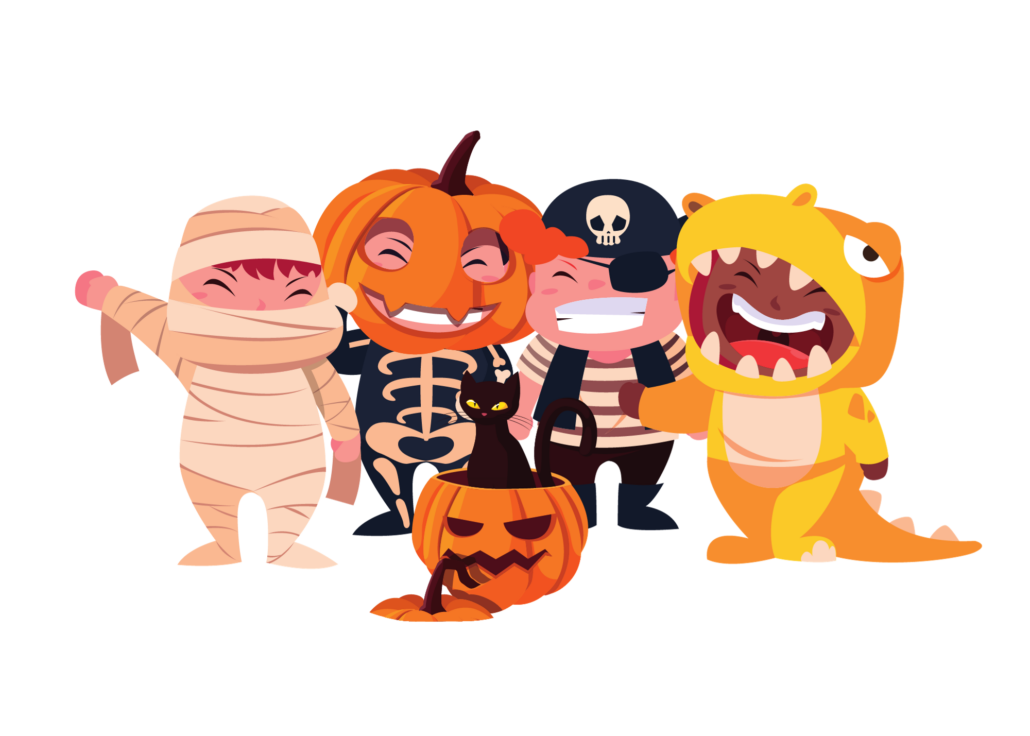
a. Wizard
b. Vampire
c. Werewolf
d. Zombie
Answer
Q: Which medieval ruler did Bram Stoker base his novel, Dracula, loosely upon?
a. Vlad the Impaler
b. Ivan the Terrible
c. Genghis Khan
d. Blackbeard
Answer
Q: What is the name of the urban legend who will supposedly appear in a mirror if you speak their name repeatedly?
a. The Headless Horseman
b. Frankenstein
c. Bloody Mary
d. La Llorona
Answer
Q: Which swamp monster’s origin story begins in the Louisiana Bayou?
a. Swamp Thing
b. The rougarou
c. The monster from the Black Lagoon
d. The Jersey Devil
Answer
Q: Which folklore legend comes from Washington Irving’s story, The Legend of Sleep Hollow?
a. Dracula
b. Frankenstein
c. The Phantom of the Opera
d. The Headless Horseman
Answer
Scare Test: Passed!

Did your little monster learn a lot about the past of All Hallow’s Eve? At your next Halloween party, they can impress their friends with how much they know about candy, costumes, and things that go bump in the night! Happy Halloween!
